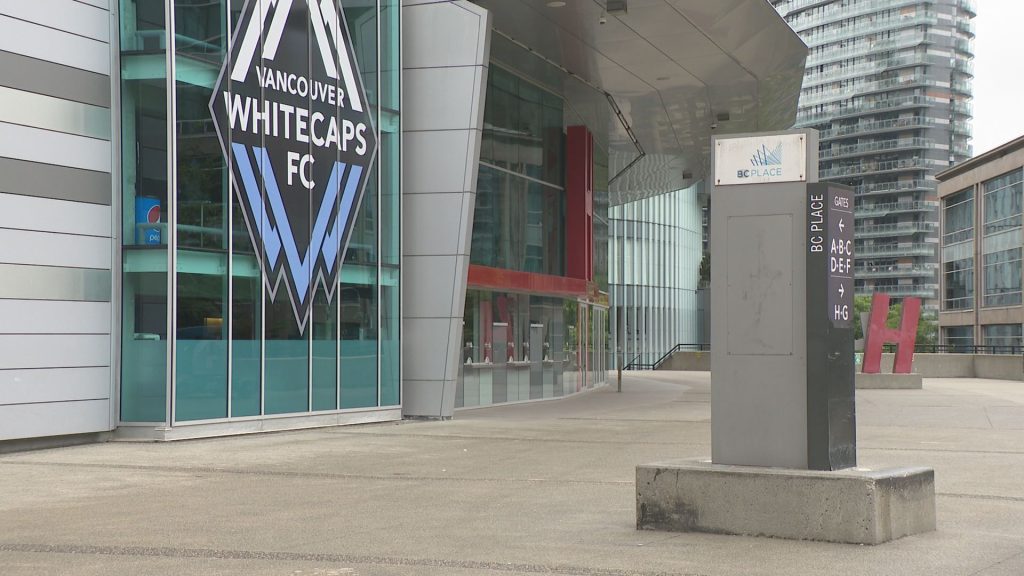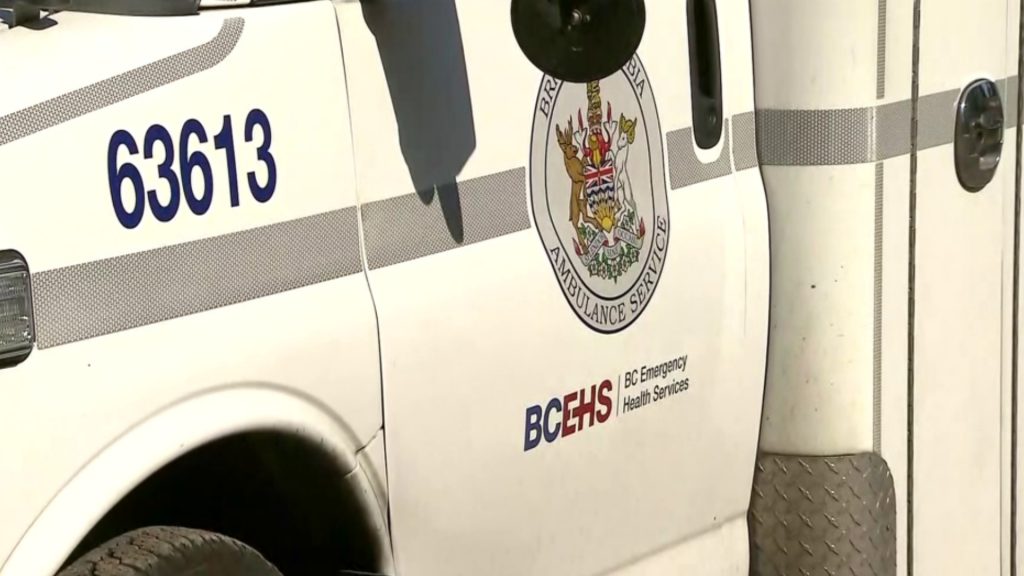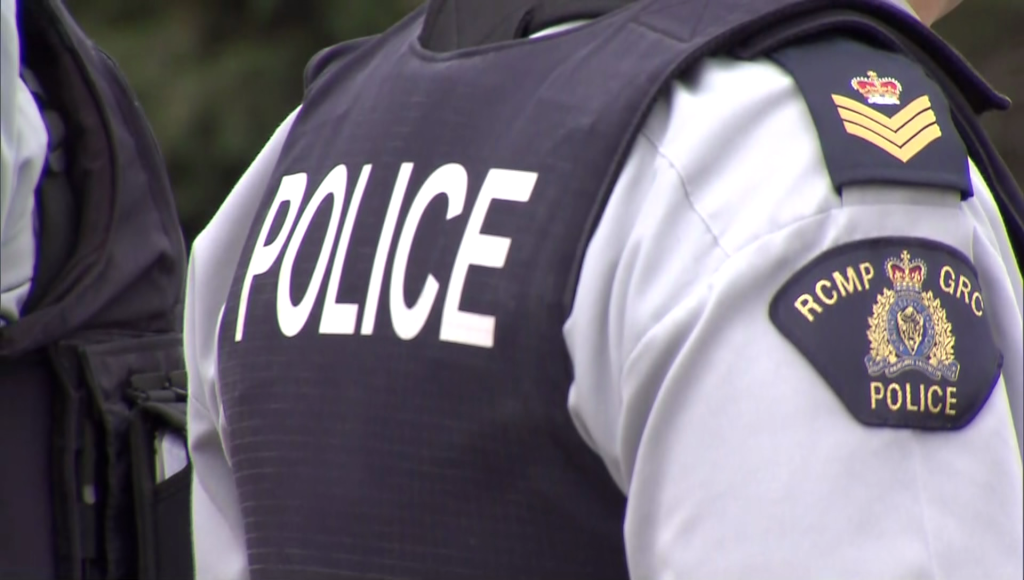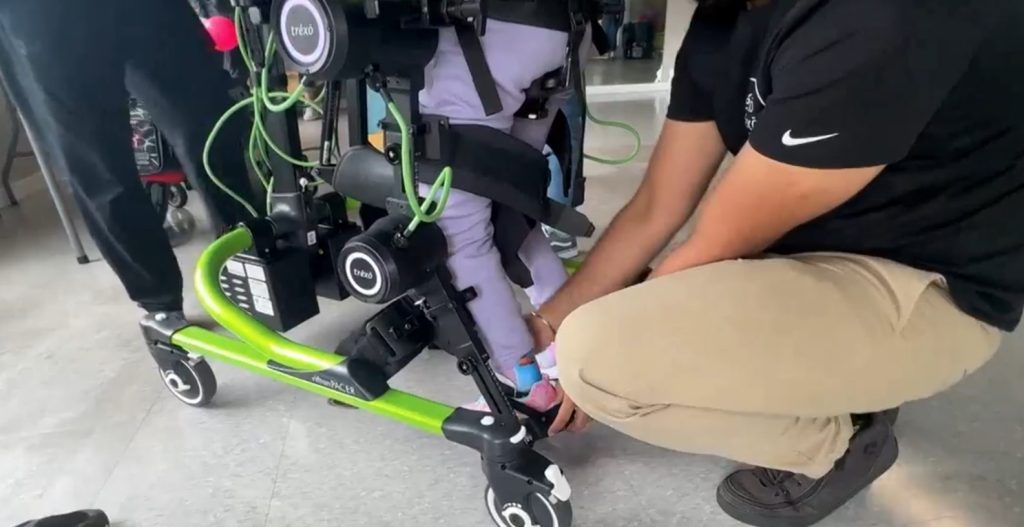Top officials critical of Ohio police officer charged with murder in traffic stop shooting
Posted July 29, 2015 10:22 am.
Last Updated July 30, 2015 6:00 am.
This article is more than 5 years old.
CINCINNATI – This time, some of the sharpest criticism of a police officer after the slaying of an unarmed black man came from top law enforcement and city officials.
The indictment Wednesday of a University of Cincinnati police officer on a charge of murder in the traffic stop shooting was applauded by officials in a city roiled by racial violence that erupted in 2001 after an unarmed black man was killed by Cincinnati police after a string of earlier shootings by officers.
The family of Samuel DuBose, 43, urged the community to remain calm, as it has in a series of demonstrations since the July 19 shooting by officer Ray Tensing, who is white. Tensing had stopped DuBose for a missing front license plate, which is required in Ohio but not in neighbouring states.
DuBose’s death comes amid months of national scrutiny of police dealings with African-Americans, especially those killed by officers. Authorities so far have not focused on race in the death of DuBose. City officials who viewed video footage released from Tensing’s body camera said the traffic stop shouldn’t have led to a shooting.
“This officer was wrong,” Cincinnati Police Chief Jeffrey Blackwell said, adding that officers “have to be held accountable” when they’re in the wrong.
Hamilton County Prosecutor Joe Deters scoffed at Tensing’s claim that he was dragged by DuBose’s car, saying the officer “purposely killed him.” Using words such as “asinine” and “senseless,” the veteran prosecutor known for tough stands on urban crime called it “a chicken crap” traffic stop.
“It was so unnecessary,” Deters said. He added that Tensing “should never have been a police officer.”
Mayor John Cranley said the way officials have handled the case could help make Cincinnati a national model for “the pursuit of justice.”
But Emmanuel Gray, an organizer with the activist group Black Lives Matter, said at a rally Wednesday evening that the body camera video made the difference in how the case was handled.
“If there was no camera at that scene, the media and everybody would have taken the word of Tensing and the other officers,” he said.
Tensing, 25, who was jailed Wednesday and has a court appearance scheduled Thursday, was fired soon after the indictment was announced. He had been with the University of Cincinnati for more than a year after starting police work in 2011 in a Cincinnati suburb. He also had earned a UC degree in criminal justice.
Tensing’s attorney, Stewart Mathews, said he was shocked that his client was indicted on a murder charge and that Tensing did not intend to kill DuBose.
Tensing, who could face up to life in prison if convicted, has said he thought he was going to be dragged under the car and “feared for his life,” Mathews said.
Mathews said a video from the body camera of a police officer who arrived right after the shooting shows Tensing lying in the street after he had gotten free of the car, but that video hasn’t been released by authorities.
“With the political climate in this country with white police officers shooting black individuals, I think they need somebody to make an example of,” Mathews said.
Authorities have said Tensing noticed the car driven by DuBose didn’t have a front license plate. They say Tensing stopped the car and a struggle ensued after DuBose failed to provide a driver’s license and refused to get out of the car.
“I didn’t even do nothing,” DuBose can be heard telling Tensing. DuBose held up what appears to be a bottle of gin.
Tensing fired once, striking DuBose in the head.
Aubrey DuBose, the victim’s brother, called the shooting “senseless” and “unprovoked.” He said news of the indictment was “awesome.”
He said the family is upset but wants any reaction to the case to be nonviolent and done in a way that honours his brother’s style.
“Sam was peaceful,” he said. “He lived peaceful. And in his death, we want to remain peaceful. Like my mom said, let God fight the battle. I’m a lifetime Cincinnatian. I remember 2001. We don’t want none of that.”
In the aftermath of the riots, the city increased police training and citizen feedback, revised policies to reduce use of deadly force and focused on community-oriented policing under a collaborative agreement hammered out with the police union and American Civil Liberties Union.
U.S. Attorney General Loretta Lynch said during a May visit that Cincinnati’s reforms could be a model for other cities dealing with the issue of community-police relations. Violent protests have followed the deaths of unarmed blacks in Ferguson, Missouri; Baltimore and other cities in the past year.
The Wednesday evening rally drew a large crowd outside a Cincinnati courthouse. It appeared peaceful with some holding up signs calling for justice for DuBose. One man on a bullhorn stressed, “We’re not going to riot.”
___
Associated Press writers Kantele Franko, Ann Sanner, Mitch Stacy, Julie Carr Smyth and Andrew Welsh-Huggins in Columbus and Dylan Lovan in Cincinnati contributed to this report.








